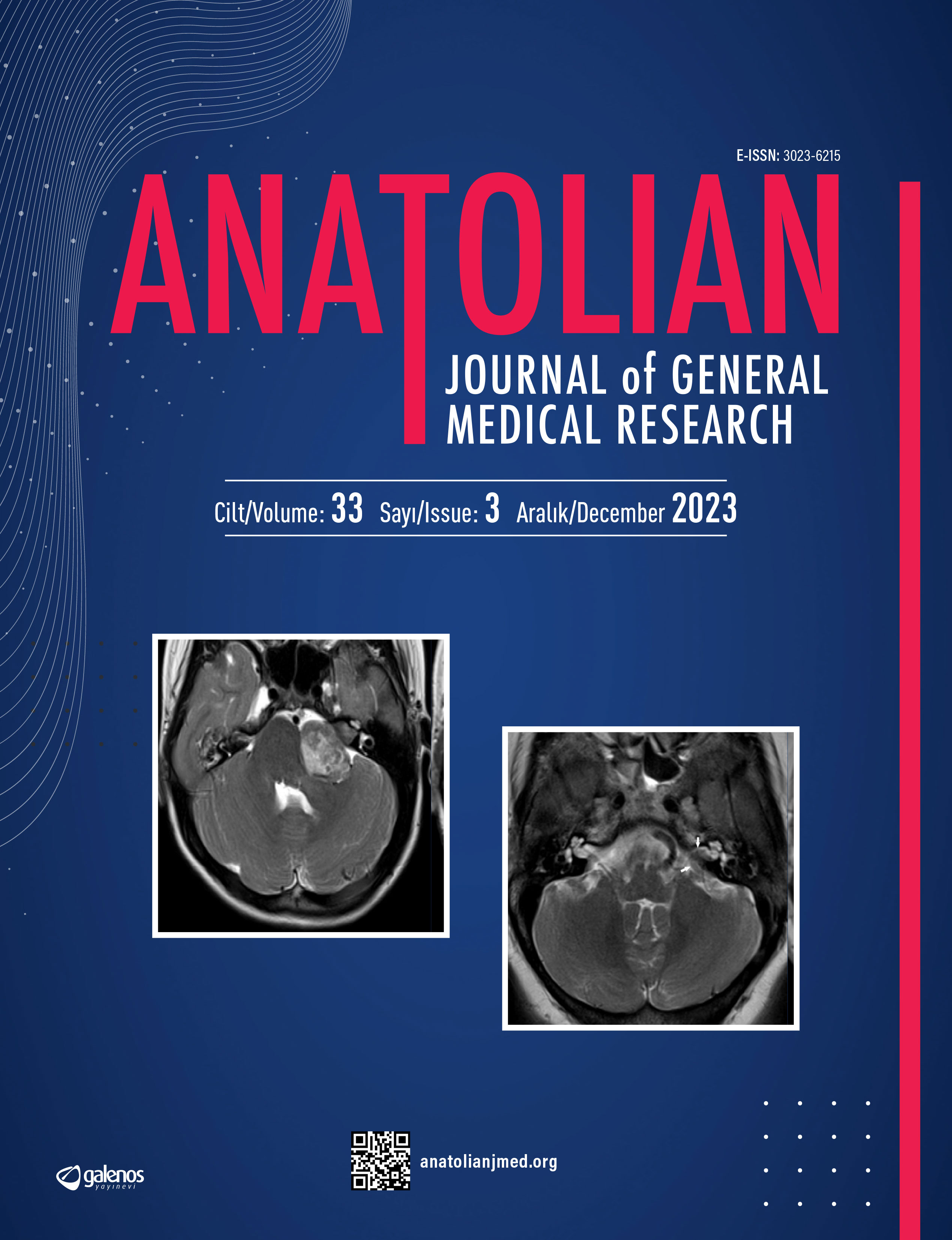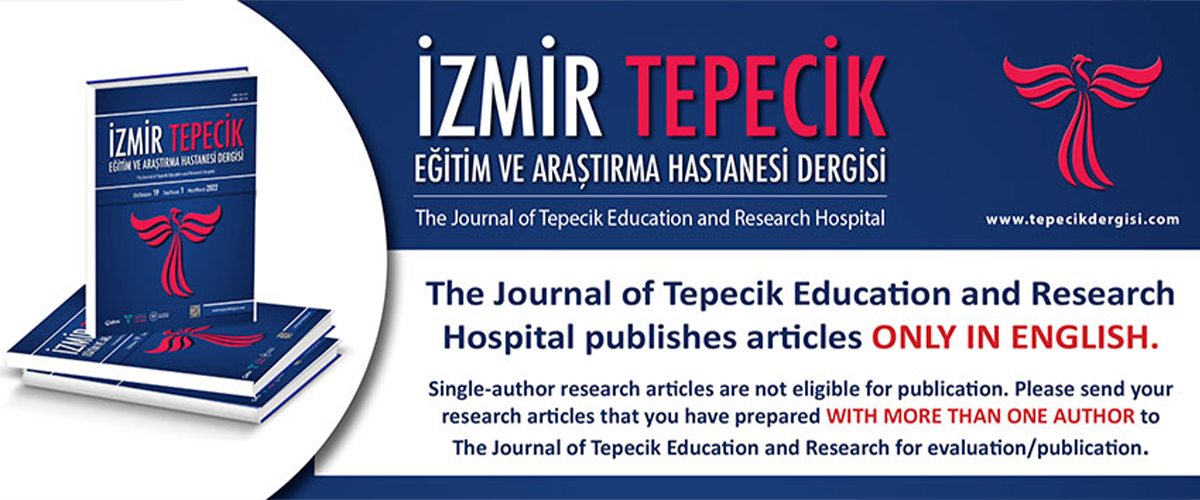








Can Preoperative Neutrophil-Lymphocyte Ratio and Platelet-Lymphocyte Ratio Predict Systemic Inflammatory Response Syndrome That Develops After Percutaneous Nephrolithotomy?
Uygar Miçooğulları1, Orcun Celik1, Mehmet Çağlar Çakıcı2, Erdem Kisa1, Cem Yucel1, Okan Nabi Yalbuzdag1, Mehmet Yoldaş1, Hakan Üçok1, Tufan Süelözgen1, Mehmet Zeynel Keskin1, Yusuf Özlem İlbey11Department of Urology, University of Health Sciences, Tepecik Education and Research Hospital2Department of Urology, Istanbul Medeniyet University, School of Medicine
Objective: First objective of this study was to find out factors influencing development of postoperative systemic inflammatory response syndrome (SIRS) after percutaneous nephrolithotomy (PNL). Secondary objective was to point out the role of preoperative neutrophil-lymphocyte ratio (NLR) and platelet-lymphocyte ratio (PLR) in SIRS estimation.
Method: The data of 756 patients that underwent PNL for kidney stones between 2012 and 2019 were evaluated retrospectively. Patients were divided into 2 groups as non-SIRS and SIRS group. The effects of NLR, PLR and other operative and demographic variables on development of SIRS were investigated. Multivariate logistic regression analysis that was performed on variables that were significant in the univariate analyses was used to establish independent risk factor for post-PNL SIRS.
Results: Univariate analysis revealed a significant association between presence of SIRS and preoperative PLR (p<0.001), preoperative NLR (p<0.001), blood transfusion (p<0.001), stone volume (p=0.03), staghorn stone (p<0.001), and preoperative creatinine levels (<0.001). Multivariate logistic regression analyses of these risk factors showed that NLR (p<0.001), PLR (p<0.001), and blood transfusions (p<0.001) were independently associated with SIRS. When the cut-off value of PLR was 120.5, the development of SIRS was predicted with 80.1% specificity and 81% sensitivity. When the cut-off value of NLR was 2.75, the development of SIRS was predicted with 64% specificity and 63.7% sensitivity.
Conclusion: Preoperative PLR and NLR are effective and inexpensive biomarkers that can be used to predict SIRS and sepsis after PNL. We recommend that patients with PLR >120.5, NLR >2.75, and blood transfusions should be monitored closely due to the possible development of serious complications.
Corresponding Author: Uygar Miçooğulları, Türkiye
Manuscript Language: English
(490 downloaded)




